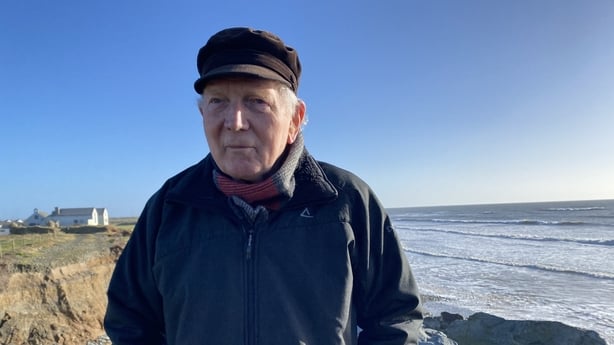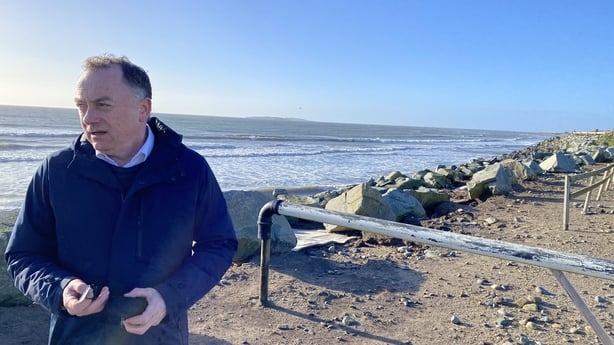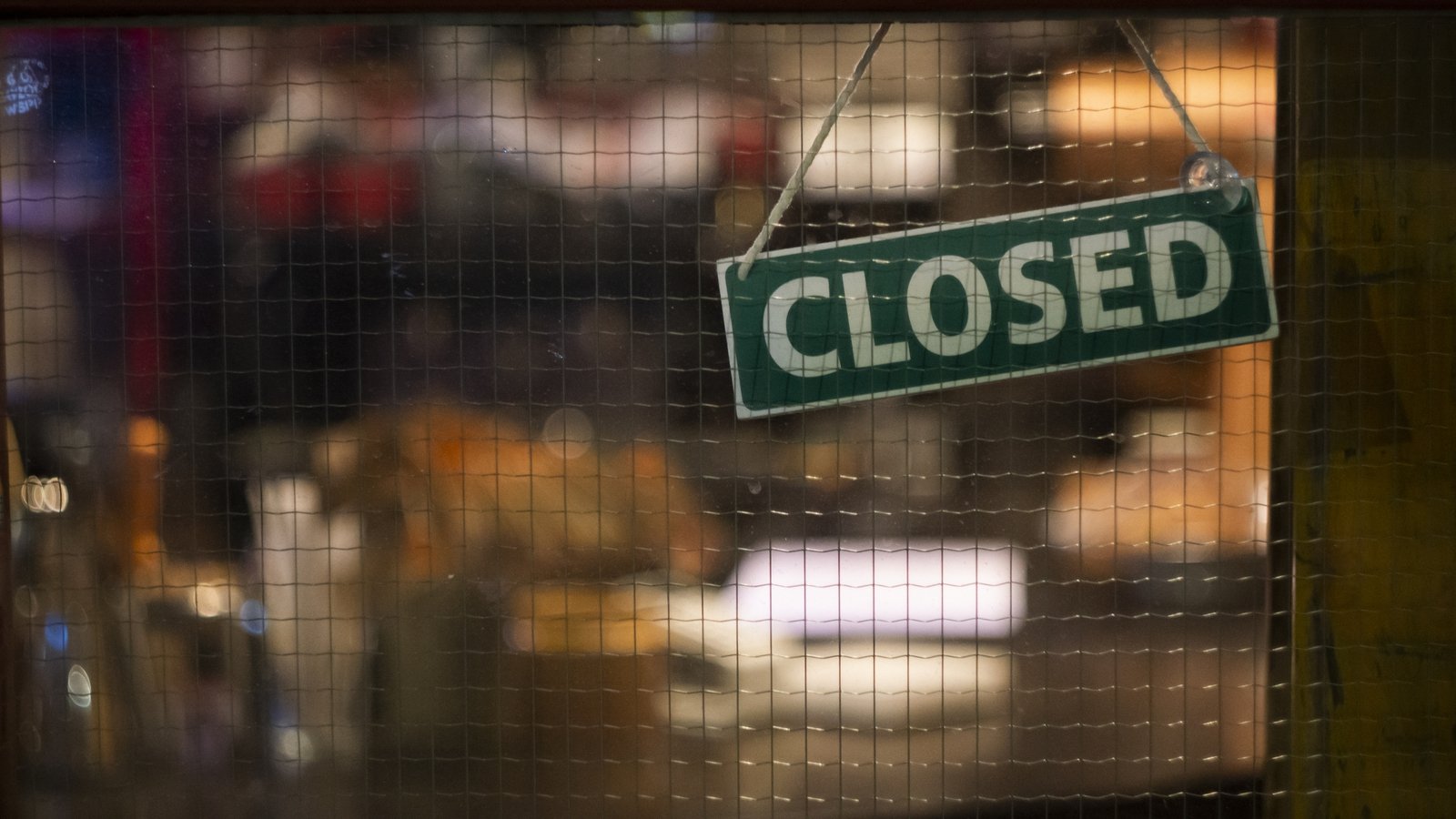Storms adding to Ireland’s coastal erosion problem

The latest EPA report, the agency’s first Climate Change Assessment, shines a light on many issues thrown up by one of the greatest challenges facing the planet, one of them already being keenly felt in many areas around Ireland.
Coastal erosion has always been an issue but in recent years has seemed to have reared its head more often – and it is thought this is as a result of both rising sea levels, globally, and the increased occurrence of storms coming in from the ocean.
Naturally, our softest, sandiest stretches of coastline are going to be most vulnerable and without mitigation, whether short-term or long-term, chunks of land will keep falling into the sea.
Roads will be washed away and homes and farms will be in danger of permanent loss.
This is the case along the southeastern tip of Co Wexford as well as other lengths of shoreline around the island.
At Sea View, a few kilometres from Kilmore Quay and a few kilometres from Rosslare, householders and farmers have been watching for years as cliffs have crumbled onto the beach.
“I’ve noticed massive changes, particularly I would say in the last 10 or 15 years,” says local resident Frank Lonergan who has lived in the area since the mid-1970s.
“The erosion was very little really for many years, but I can remember particularly the winter of 2013 into ’14 and we had around six storms in the space of just over two months and in that time there was quite a lot of damage done to the coast here.”

The access road used by residents, particularly those living in 14 Connibeg Cottages in the area, has washed away several times and they’re now on their fourth such route.
“You can see the coastline where it has been eroded is now very close to the present access road,” Mr Lonergan said, pointing out that people in those cottages would be worried.
But everyone in the area is wary of what’s happening to their coast.
“We’re very concerned, because even in the last couple of weeks we’ve had a number of storms which have taken more chunks out of the cliff behind me here, which is very soft material.”
He says reports of rising sea levels are “very relevant to the problem” and that “coastal protection is very important here,” looking towards the future.
According to coastal engineer with Wexford County Council, George Colfer, the erosion has been significant in recent years.
“We’ve carried out some remedial works to protect the public road behind me and we’ve plans to extend that to reduce the risk of erosion… It seems to have accelerated over the last six or seven years.”

The land has receded by 6m to 13m in places in just the last 14 months, he said.
“It is incredible the rate of erosion and the acceleration of it. I think we’ve seen a lot more intense and more frequent storms and once the cliffs are weakened by that they’re more prone to erosion so it’s going to exacerbate the problem.”
Rising sea levels “is certainly a factor,” he said, and it’s important that the council continue to monitor the situation.
“Generally what we do, we’ve installed coastal protection in the form of rock armour to protect the public road and we plan to extend that now to protect the 14 houses at risk here of coastal erosion and we plan to extend that by 200 metres.”
Meanwhile, further along the coast at Ballytrent, farmer Jamie Ryan says the changes have been noticeable even since autumn.
“We’ve had a couple of ferocious storms recently, but it’s very worrying indeed.
“There’s 20 feet of this [sand] bank left so in another two years, theoretically… the water will go right the way around and flood the bottom end of the farm.
“It’s a big concern. We’ve a lot of ground down here, it’s not the best tillage ground, it’s all sandhill but it’s an important area and an area of special scientific interest.
“There’s 25 acres of sandhill and low ground right underneath it, it’s good grazing in the springtime, right up until around June and if we get a dry summer it tends to dry out but it’s valuable grazing ground.”
Mr Ryan says rock armouring is “very expensive to do” but added that it is the only solution “for this particular area which is very delicate and disappearing very, very quickly”.

In general, he adds while standing on the shoreline which has receded by several metres in the last few months, the issue is “a big worry” as he and his family look towards the future.
“I’d imagine if you come back here in two years’ time we won’t be standing here, we’ll probably be standing back 20 feet that way.”
According to the EPA, storm surges and extreme waves pose “an ever-increasing threat to Ireland as sea levels continue to rise,” and that’s likely to cause problems not just on rural coastlines but in our cities such as Dublin, Limerick and Cork, “and to critical infrastructure”.
In its report, the EPA says: “Particularly at risk are soft sediment shorelines.
“Projections of changes in storminess are highly uncertain and translate into large uncertainties in the future frequency and intensity of large waves.”





